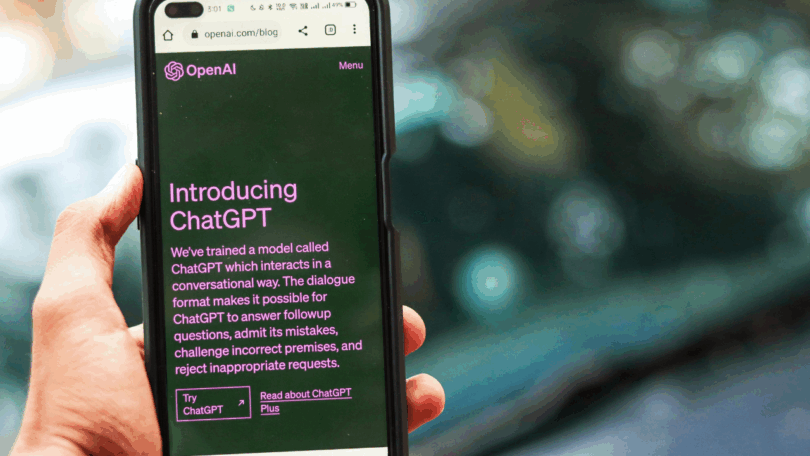The world of mobile app development is evolving faster than ever. With new technologies emerging and user expectations rising, 2025 is set to be a landmark year. Whether you’re a developer, startup founder, or business owner, staying ahead of these trends will help you stay relevant in an increasingly competitive digital landscape.
Let’s explore the top mobile app development trends that are shaping the future.

1. Rise of AI-Powered Apps
Artificial Intelligence (AI) and Machine Learning (ML) are now essential components in modern app development. In 2025, we’ll see even more apps leveraging AI to deliver personalized experiences—think voice assistants, recommendation engines, and predictive text features.
Why it matters: AI boosts user engagement and retention by learning from user behavior and adapting in real time.
2. Smarter User Experiences with Predictive Analytics
Predictive analytics is becoming a must-have. Apps in 2025 will anticipate what users want before they even ask for it. This is especially powerful for e-commerce, fitness, and productivity apps.
Example: A fitness app that suggests workouts based on your mood and sleep pattern.
3. The Expansion of 5G
5G is now more accessible globally, allowing mobile apps to function with ultra-fast speeds and low latency. This opens the door to high-performance features like 4K video streaming, immersive gaming, and real-time AR/VR experiences.
Why it matters: Developers can now create more complex and dynamic applications without compromising performance.
4. Super Apps: One App, Many Services
Inspired by WeChat and Gojek, more businesses are creating “super apps” that offer a suite of services within one ecosystem—like messaging, shopping, banking, and food delivery.
Why it matters: Users love convenience. Super apps reduce the need to download multiple single-use apps.
5. Cross-Platform Development Gets Stronger
Tools like Flutter, React Native, and Kotlin Multiplatform are getting more robust in 2025, allowing developers to build apps for iOS and Android from a single codebase.
Benefit: Faster development, lower cost, and consistent UI across platforms.
6. Privacy-First Design and Security
With growing awareness around data privacy, apps must now be designed with security in mind. In 2025, privacy-focused features like end-to-end encryption, local data storage, and user-consent protocols are no longer optional—they’re expected.
Resource: Explore how to implement privacy-first mobile app architecture
7. Augmented Reality (AR) and Virtual Reality (VR)
Thanks to Apple’s Vision Pro and other XR devices, AR/VR development for mobile is booming. Expect mobile apps to offer richer, more interactive experiences for shopping, education, and remote collaboration.
Example: AR-powered shopping apps that let you “try on” clothes or furniture from your phone.
The Future is App-Driven
From AI and analytics to 5G and XR, 2025 is pushing the limits of what mobile apps can do. For businesses and developers, the key is to adopt these innovations early to build smarter, faster, and more engaging apps that users love.




